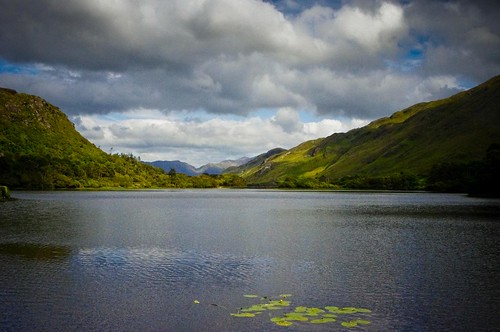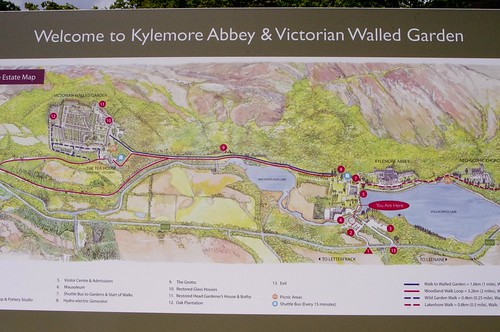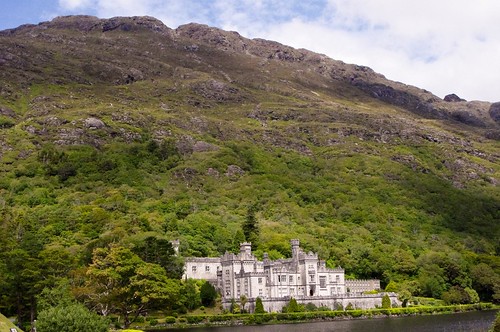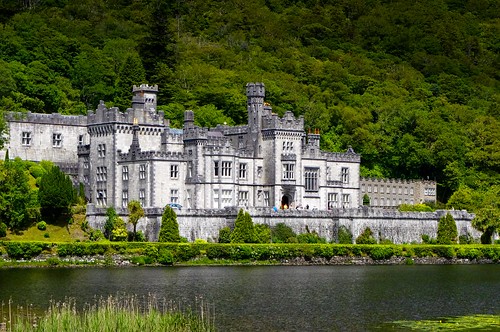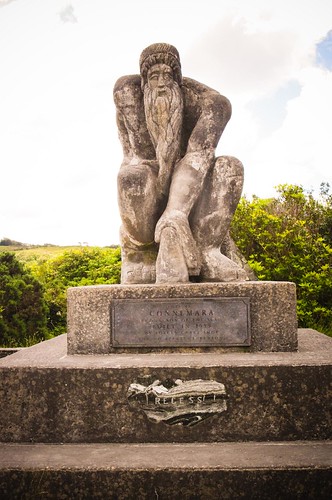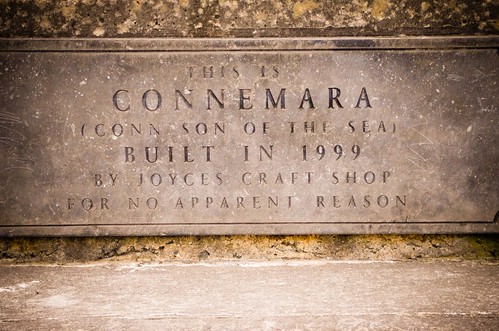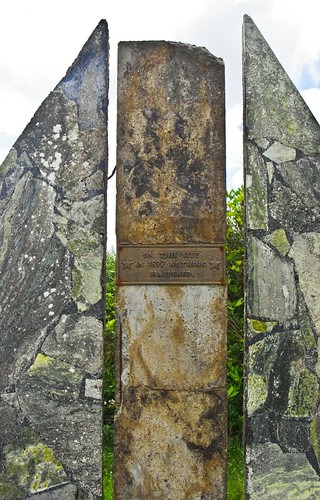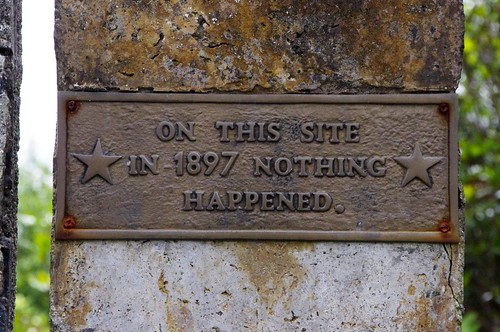
Continuing my travels up the West coast of Ireland last summer, I drove from Salthill’s beautiful Galway Bay hotel, through Connemara and its detours, and then on to Kylemore Abbey. Yesterday, I mentioned about the gardens at Kylemore.

There are several Gardens at Kylemore Abbey – there’s the lower gardens, which are filled with trees and walking paths around Lough Pollacappul. Then, there are the upper gardens. A short drive (or walk) by bus leads you up the hill to the top of the Mountain. When you first get out of the bus, the view (above) is breathtaking and natural. As you walk on the pathway, you begin to see the Walls of the garden – surrounded with these giant trees that were so big that I couldn’t get my arms around.

The Tea garden cafe is to the right, and as you walk past it, you enter into the first of the walled gardens. Below you can see the interesting layout with the white Victorian greenhouses on the far end, a caretaker’s cottage, and lovely white benches throughout. The second picture is with your back to the caretaker’s cottage, looking toward the entrance.
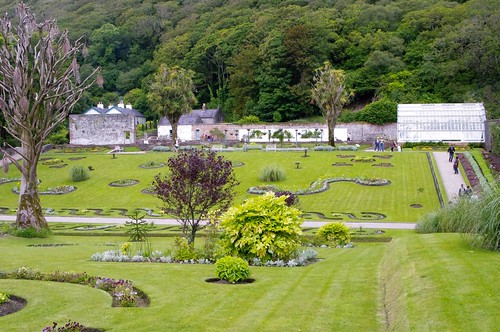
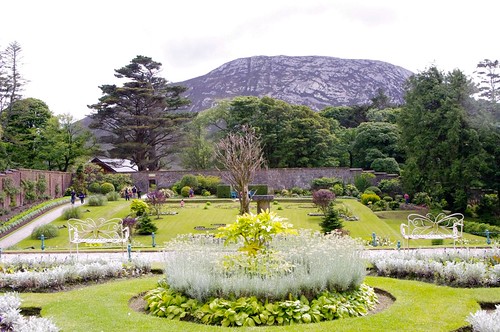
In addition to the caretaker’s cottage (below) which is heated by peat (peat pile 2nd picture) there’s also a second carpenter’s cottage and some ruins (very first picture at the top) of a heated conservatory that is in the process of being restored.

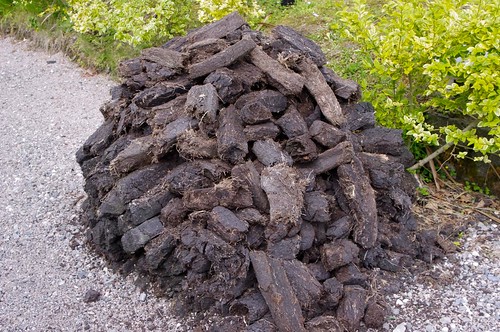
Other than the main sculpted garden, there’s also a really nice vegetable garden / herbal remedy garden. This one’s more rustic and has a stream off to the edge.
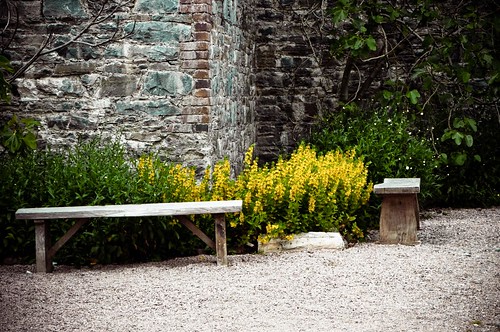
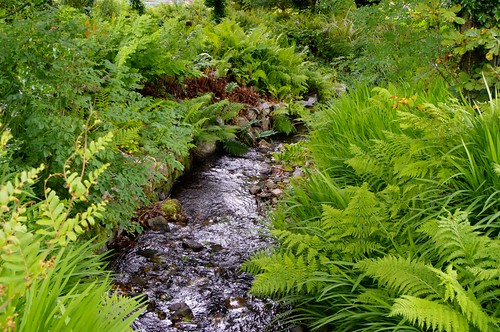
The stream runs off into a grove of white beech trees.
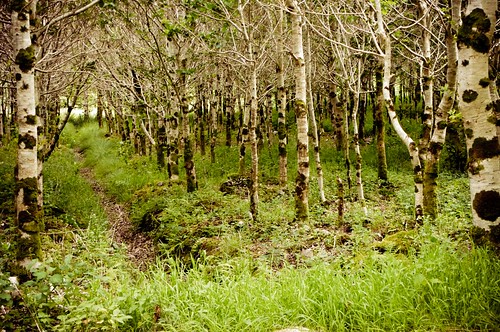
As I left the upper gardens, It started raining – just in time for me to head back to the Galway Bay hotel. Luckily, I was able to get out the map and avoid all of the fun detours that took me so far out of the way, and get on some main streets to get back to Galway for a massage and a good nights rest with the windows open to the fresh sea breeze.
The next day, I headed back, stopping in Athenry and Clonmacnoise. More from those later.

